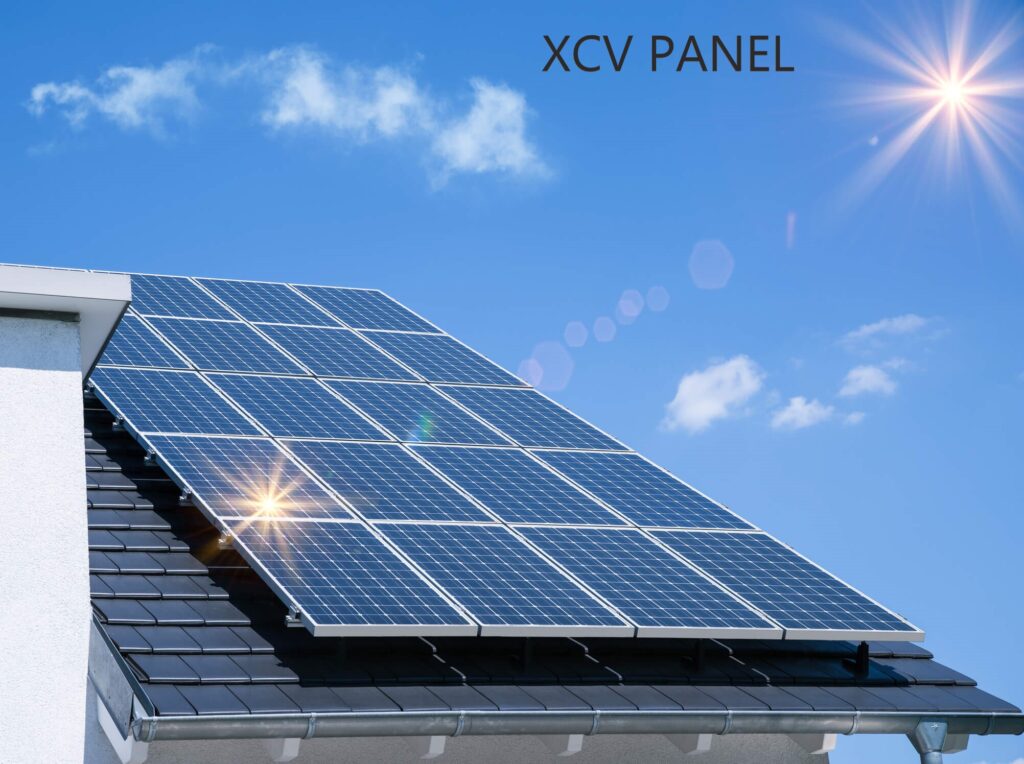Introduction to the XCV Panel
The XCV Panel is an advanced control interface that combines cutting-edge hardware and software to facilitate seamless interactions with complex systems. It is designed to provide users with a unified platform for controlling, monitoring, and managing various processes, devices, and data streams.
In the realm of technological advancements, the XCV Panel stands as an innovative marvel, offering a plethora of functionalities and capabilities that cater to a wide range of industries and applications. From its inception, the XCV Panel has carved a niche for itself, revolutionizing the way we interact with systems, data, and interfaces. In this comprehensive guide, we will delve into the intricacies of the XCV Panel. Exploring its features, applications, benefits, and future prospects.
Benefits of the XCV Panel
Versatility: XCV Panels are adaptable to a wide range of industries, including industrial automation, smart homes, healthcare, transportation, and more. This versatility stems from its customizable nature, allowing developers to tailor the interface to specific use cases.
User-Friendly: The interface boasts an intuitive design, making it accessible to users of all levels of technical expertise. Its user-friendly nature enhances efficiency and reduces the learning curve.
Real-time Monitoring: XCV Panels offer real-time monitoring capabilities, enabling users to keep a constant watch over critical processes and systems. This is particularly beneficial in scenarios where immediate responses are necessary.
Data Visualization:
With its advanced graphics and data visualization capabilities, the XCV Panel transforms complex data into easily understandable visuals, aiding in decision-making and analysis.
Remote Access:
Many XCV Panels offer remote access features, allowing users to control and monitor systems from anywhere in the world, provided there is an internet connection.
XCV Panel Core Components
Hardware:
The hardware component of the XCV Panel comprises a display screen (often touchscreen-enabled), input/output interfaces (buttons, knobs, sliders), processing unit, and connectivity options (Wi-Fi, Ethernet, Bluetooth).
Software
The software that powers the XCV Panel encompasses an operating system optimized for real-time performance, graphical user interface (GUI) design tools, data processing algorithms, and communication protocols.
Applications of the XCV Panel
Industrial Automation
XCV Panels are extensively used in manufacturing and industrial processes for controlling machinery, monitoring production lines, and ensuring operational efficiency.
Smart Homes
In smart home setups, XCV Panels act as centralized control hubs, allowing residents to manage lighting, security systems, climate control, and entertainment devices seamlessly.
Healthcare
Within healthcare, medical professionals utilize XCV Panels to monitor patients, control medical equipment, and visualize data, thereby enhancing accuracy and efficiency.
Transportation
The transportation sector benefits from XCV Panels by using them to control navigation systems, monitor vehicle diagnostics, and provide in-cabin entertainment for passengers.
Energy Management
XCV Panels aid in managing energy consumption by offering real-time insights into energy usage patterns, enabling users to optimize their energy consumption.
Evolution and Future Trends
As technology continues to advance, the XCV Panel is poised to evolve further. Anticipated trends include enhanced integration with AI and machine learning algorithms for predictive maintenance, increased use of augmented reality (AR) for improved visualization, and even more intuitive user interfaces.
In conclusion, the XCV Panel is a groundbreaking interface that seamlessly blends hardware and software to offer unparalleled control and monitoring capabilities across various industries. Its versatility, user-friendliness, real-time monitoring, and data visualization features make it an indispensable tool in modern technological landscapes.
Through ongoing innovations, the XCV Panel is poised to reshape how we interact with complex systems, creating greater efficiency, manageability, and interconnectedness in processes.
XCV Panel FAQ
Welcome to the XCV Panel FAQ, your one-stop resource for understanding the ins and outs of this revolutionary technology. Whether you’re a newcomer intrigued by its capabilities or a seasoned user looking for more insights, we cover your needs by providing answers to some of the most frequently asked questions about the XCV Panel.
What is an XCV Panel?
An XCV Panel is an advanced control interface that integrates hardware and software to provide a unified platform for controlling, monitoring, and managing various processes, devices, and data streams. It offers real-time monitoring, data visualization, and customization options across industries such as industrial automation, smart homes, healthcare, and more.
How does an XCV Panel work?
An XCV Panel combines a hardware component, which includes a display screen, input/output interfaces (buttons, knobs, sliders). That processing units, with a software component that includes an operating system, GUI design tools, data processing algorithms, and communication protocols. Users interact with the interface through the screen and physical controls, while the software processes commands and data.
What are the benefits of using an XCV Panel?
The benefits of an XCV Panel include:
Versatility: It can be customized for various industries.
User-Friendly: It has an intuitive design for users of all technical levels.
Real-Time Monitoring: It offers instant insights into critical processes.
Data Visualization: It converts complex data into understandable visuals.
Remote Access: It allows control and monitoring from remote locations.
What industries can benefit from XCV Panels?
XCV Panels find applications in a wide range of industries, including:
Industrial Automation: Control and monitor manufacturing processes.
Smart Homes: Manage home devices and systems.
Healthcare: Monitor patients and medical equipment.
Transportation: Control vehicle systems and entertainment.
Energy Management: Optimize energy consumption and monitoring.
Can XCV Panels be customized?
Yes, XCV Panels can be customized to suit specific needs. Developers can design the interface, choose functionalities, and tailor it to particular use cases, making them adaptable to different industries and applications.
What role does real-time monitoring play in XCV Panels?
Real-time monitoring in XCV Panels provides instant insights into ongoing processes. This capability is crucial for industries like manufacturing and healthcare. Where quick responses to changing conditions are necessary for operational efficiency and safety.
Are XCV Panels user-friendly?
Absolutely.
The designers kept user-friendliness in mind while creating XCV Panels. Their intuitive interfaces and straightforward controls ensure that users, regardless of their technical background, can interact with and control complex systems easily.
How do XCV Panels contribute to energy management?
XCV Panels aid in energy management by providing real-time insights into energy consumption patterns. Users can monitor their energy usage and make informed decisions to optimize consumption. Ultimately contributing to energy efficiency and cost savings.
Can XCV Panels be accessed remotely?
Many XCV Panels offer remote access capabilities, allowing users to control and monitor systems from a distance, as long as there’s an active internet connection. This feature is particularly useful for managing devices and processes that are not physically accessible.
What does the future hold for XCV Panels?
The future of XCV Panels holds exciting possibilities. Anticipated trends include enhanced integration with AI and machine learning algorithms for predictive maintenance. The incorporation of augmented reality for better visualization, and the continued expansion of their role in interconnected systems, including the Internet of Things (IoT).
Whether you’re exploring XCV Panels for the first time or seeking to deepen your understanding. These FAQs provide a comprehensive overview of this innovative technology. Its potential to reshape the way we interact with and manage complex systems.




